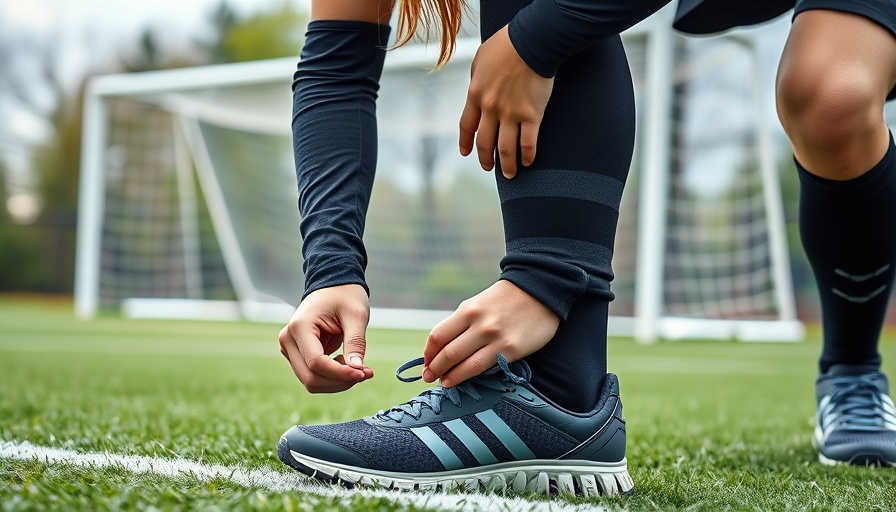
Understanding the Evolution of Climbing and Its Implications for Martial Arts
Climbing, as a sport, has rapidly matured and evolved, particularly influenced by its inclusion in the Olympics and increased adherence to evidence-based training. This evolution is essential not only for professional climbers but also offers valuable lessons for martial arts practitioners regarding training safety and injury prevention.
Applying Climbing Research to Martial Arts Training
The research on climbing speaks volumes about the specialization required in various athletic disciplines. Just as climbers are now categorized by their specific styles—such as bouldering or sport climbing—martial artists can benefit from tailored training regimes that account for individual skills, gender, and performance levels. For instance, integrating preventative martial arts drills similar to climbing warm-ups can ensure that practitioners prepare their bodies adequately, reducing the risk of injuries.
The Importance of Injury Prevention Techniques
Injuries can be a detrimental setback for martial artists, much like climbers. Incorporating martial arts injury mitigation techniques into training routine can significantly decrease the likelihood of accidents. Techniques that enhance flexibility and conditioning for injury reduction are vital. For example, increasing hip and knee flexibility might be vital for both a climber scaling a rock face and a karate student executing a high kick.
Training Protocols for Safety and Performance Enhancement
Just as climbing research has moved toward randomized controlled trials to assess training effectiveness, martial arts must adopt similar research methodologies. Implementing combat training safety routines ensures that focus is not only on technique but also on maintaining a safe training environment. This could include guided warm-ups, cooldowns, and injury recovery strategies celebrated in climbing circles but often overlooked in martial arts.
Emphasizing Mental Focus for Injury Prevention
Another aspect that climbing reveals is the necessity of mental focus for martial arts safety. Athletes in both domains fuel their performance not just through physical readiness but through mental resilience. Mindfulness practices that enhance concentration can keep martial artists aware of their surroundings, minimizing the chances of injuries occurring.
Cultural Insights: The Globalization of Climbing Research
The climbing community's global research integration parallels martial arts movements worldwide, promoting both local and international techniques. Understanding international sports injury mitigation plans can help local practitioners establish best practices tailored to their communities, from children to adults.
Encouraging Community and Recipients of Research
Community involvement in climbing studies is rising; similarly, martial arts enthusiasts should engage in collaborative discussions to share insights on injury prevention workshops. Such community-oriented approaches foster a supportive environment, encouraging safer practices across disciplines.
Actionable Steps for Injury Mitigation and Performance Optimization
To aspect practical implementation based on climbing insights, martial arts training should include tailored strength and conditioning routines aimed at injury risk reduction workouts. These exercises can promote greater resilience and contribute to longevity in martial arts practice.
By acknowledging lessons learned from climbing, martial arts practitioners can refine their training protocols and embrace insights that shape safer and more effective practices.
 Add Row
Add Row  Add
Add 




Write A Comment